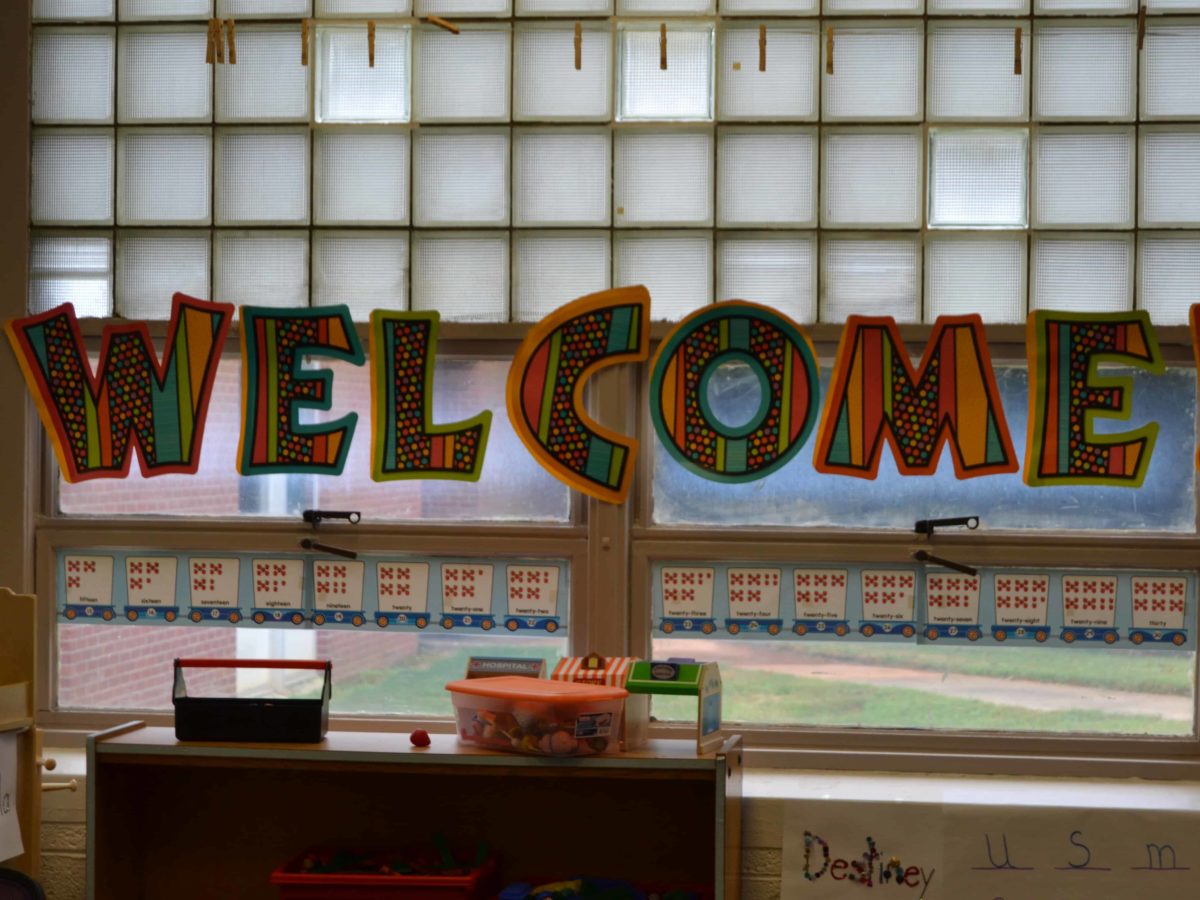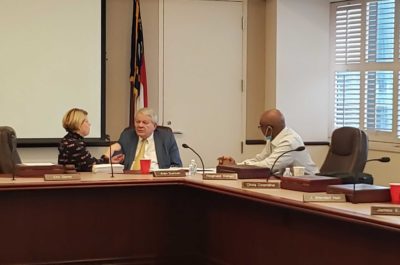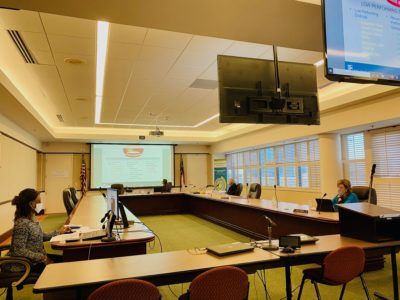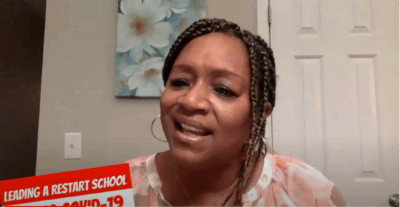

|
|
Editor’s Note: The following is a press release from the State Board of Education’s “From the Boardroom” newsletter.
North Carolina’s “restart” model for helping turn around recurring low-performing schools is showing success, according to two reports presented to the State Board of Education this month, and board members called for a closer look at those schools with strong results.
Low-performing schools that are allowed by the state board to operate under the restart model are granted the same kind of flexibilities with statutes and rules as the state’s charter schools. Eligible schools are those that have been designated as “recurring low performing,” meaning that they received a school performance grade of D or F and didn’t exceed growth targets under the state’s accountability system in two of three consecutive years.
EdNC partnered with WRAL on this series about the origins of the restart model in 2018:
The initial and largest cohort of restart schools, which began with the model during the 2017-18 school years, demonstrated the most success through the 2021-22 school year, with 13 of those 55 schools no longer identified as recurring low performing and 35 additional schools meeting expectations for academic gain. Among 148 schools in the first five cohorts of schools, which had adopted the restart model through the 2021-22 school year, 109 of them, or 74%, had either met or exceeded their growth goals under the state’s accountability measures.
Still, because of disruptions to teaching and learning caused by the COVID-19 pandemic, a larger percentage of the 148 schools in the five cohorts were considered recurring low performing after the 2021-22 school year than of the 102 schools in the first two cohorts after the 2018-19 school year.
In terms of the kinds of flexibilities that restart schools chose to employ, 95% of the schools took advantage of leeway allowed in budgeting, primarily for additional staffing or flexibility in the use of staff.
Board Chair Eric Davis said he wanted more detailed information about how schools are using their flexibility from rules and policies, which also include areas such as employment requirements, calendar, Standard Course of Study and curriculum, assessment, and class size.
“It’s not just whether they used flexibilities, but how are they using them,” Davis said, “and how is that having the greatest impact on students? How are school leaders who are taking advantage of these flexibilities turning them into positive impacts for our students, and how are those schools that aren’t able to raise performance using those flexibilities?”


Board member Jill Camnitz noted that many recurring low-performing schools, 297, have not adopted the restart model.
“Perhaps we could reach out to those folks and see if we could identify what is keeping them from being interested in this program,” Camnitz said.
Davis agreed and said, “we’re only reaching one-third of the number of schools we need to reach. We’re only talking about 5% of our schools, so for all the progress, we’re not reaching enough kids. What is it that the most successful restart schools are doing and how does that compare of everybody else?”
State Superintendent Catherine Truitt suggested a broader examination, since funds from the federal CARES Act [Coronavirus Aid, Relief, and Economic Security Act] are being used provide intensive support to many other low-performing schools.
“Not enough schools are getting the support that they need,” Truitt said, “but there are myriad ways low-performing schools are getting support in addition [to restart schools]. We’re talking about a broader study here.”
Davis added: “We need, clearly, is a rapid expansion of whichever models are most effective.”
Truitt also noted that the state’s aggressive effort to boost literacy teaching and learning in the early grades with instruction grounded in the science of reading will help low-performing schools.
“With LETRS, we have bitten off a big part of the elephant,” Truitt said. “Now we need to look at adolescent literacy and how are going to support those students who are not illiterate but are not able to do the kind of reading that one needs to do to be successful in high school and beyond.”





